For most of us, the majority of our important data lives in the cloud. However, your phone or tablet might still have some information that's never made its way to Google's servers.
If you want to make sure all your data is backed up before you upgrade or reset your phone, we're here to help. Here are a few different ways to back up all of your smartphone or tablet's data.
Check Account sync status
Checking Android's sync status for your cloud accounts is a good first step. This makes sure everything that should be backed up is actually being backed up. Here's how to check:
- Open the Settings app.
- Tap Accounts
- Select your default Google account and verify all the apps and services have been recently synchronized.
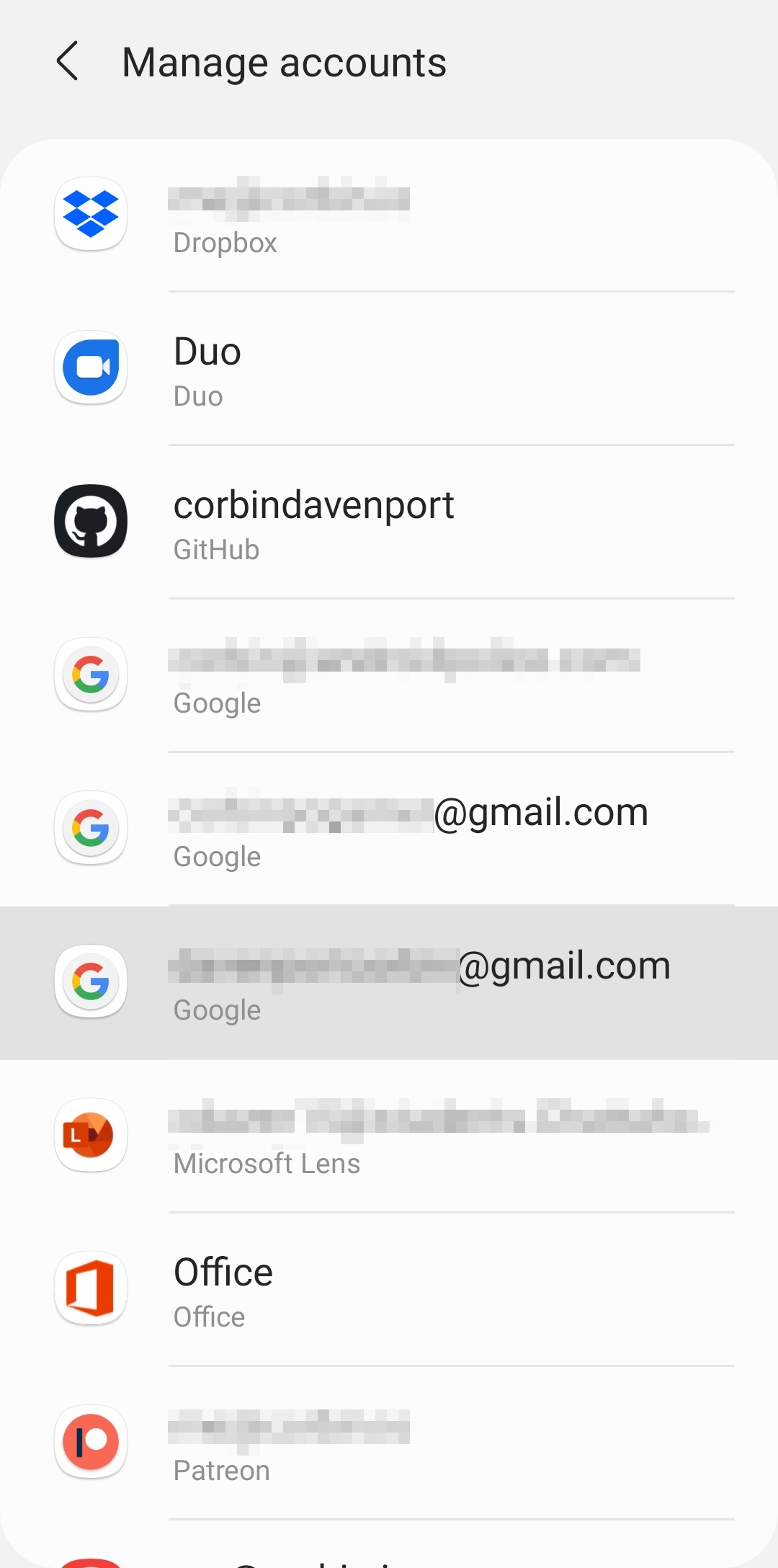
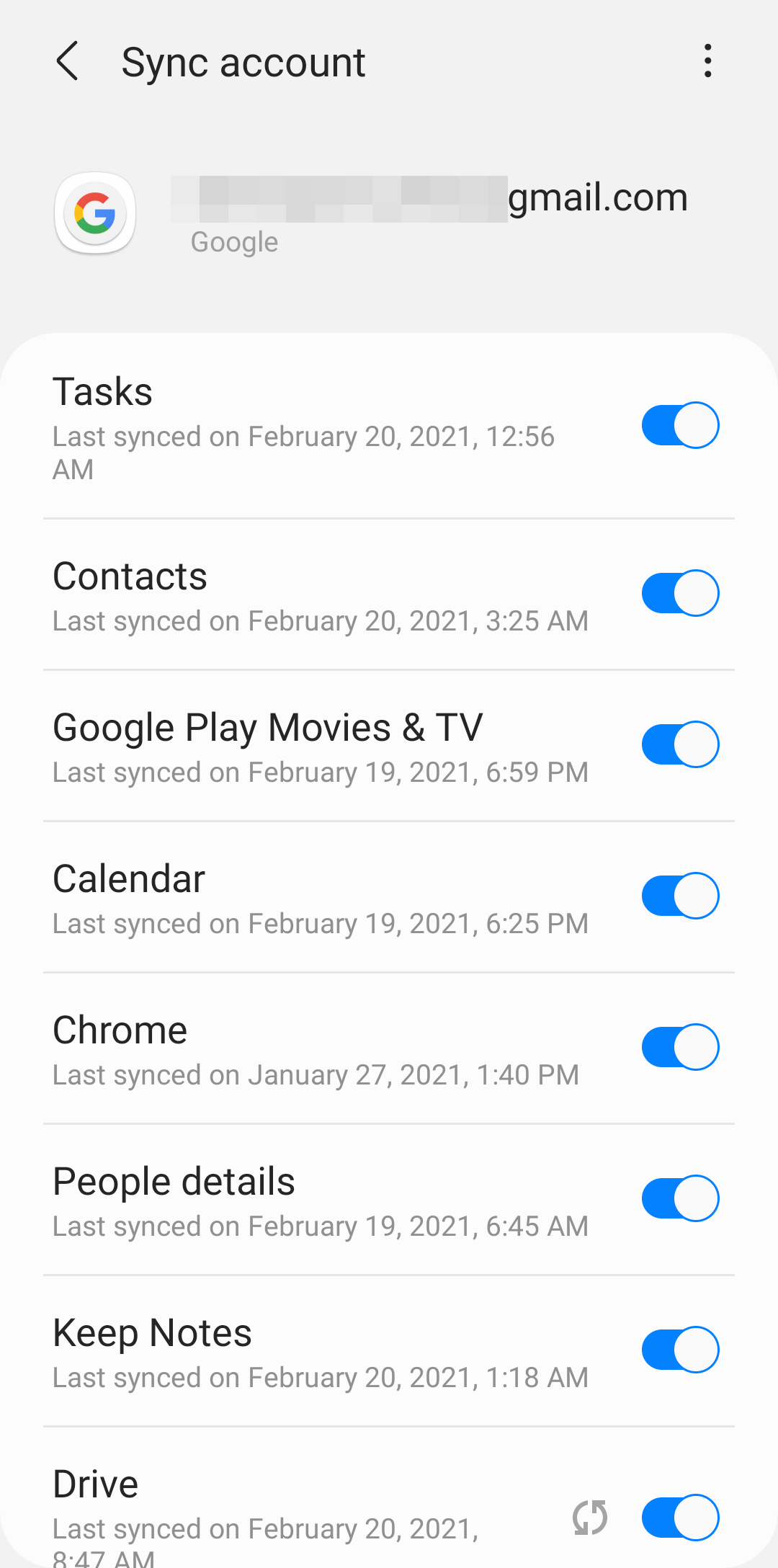
The settings might look slightly different (or be in different places) depending on your device.
If some services haven't been synced recently, tap the Sync Now button on the page. Depending on the version of Android installed on your phone, the Sync Now option might be under a menu. There's a good chance everything is already enabled in this area, but sometimes things break—better to be safe than sorry.
Back up your photos and videos to Google Photos
If you Google Photos, you'll want to make sure it has recently backed up all your media. The process is pretty simple:
- Open the Google Photos app.
- Tap your profile icon in the top-right corner.
- If you see the message 'Backup complete,' you're all set. If 'Backup is off' appears, you'll want to tap on the message to fix the problem.
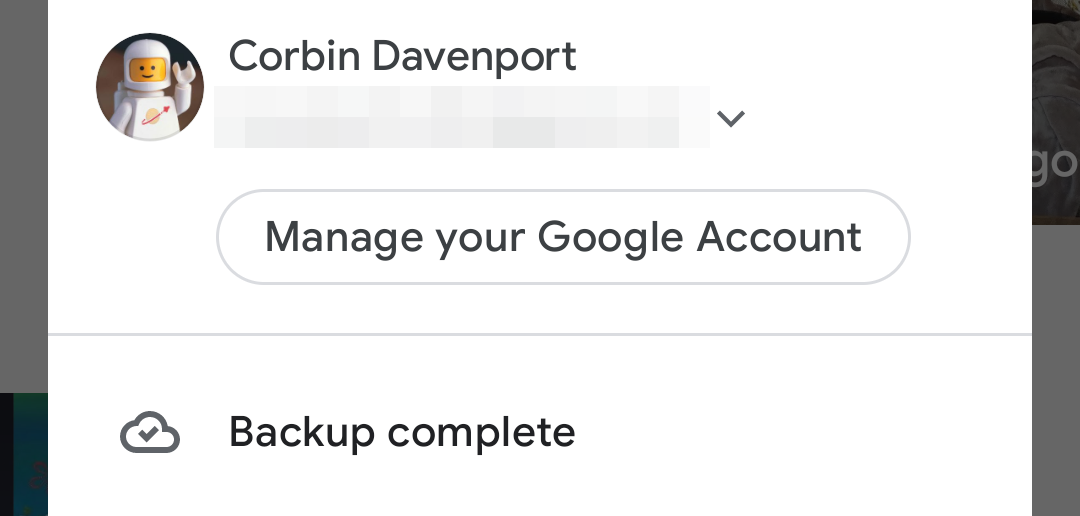
Google ended free unlimited high-quality photo storage in 2021, so if you have a lot of media, it might be a good idea to delete unneeded images and videos before enabling backups in Google Photos. For example, Samsung phones and tablets place all screenshots in the Camera directory that Photos monitors for backups, which can quickly chew into your alloted storage. If you'd rather keep all your media online, Google One only costs a few bucks each month.
Of course, there are plenty of other photo backup apps for Android, including OneDrive and Dropbox. If you're using one of those, go into the app's settings and check the current sync status. You can also import photos manually into these apps if you only want certain files or folders.
Back up your smartphone's data to Flash storage
If you have enough storage on a USB-C flash drive, you can just copy your phone's entire camera folder to the drive. Plug the drive into your phone, then use the Files app (or the file manager of your choice) on your device to copy the 'DCIM' folder on your phone to the drive. Any other folders and types of files, like your Downloads folder, can be copied just as easily.
Every phone manufacturer has a different file manager, so if you can't figure it out, download Files by Google from the Play Store. Once you've opened the app, here's what you need to do:
- Go the Browse tab.
- Select your internal storage.
- Find the DCIM folder in the list and hold down on it until a checkmark appears.
- Tap the menu button at the top-right and select Copy to.
- Select your flash drive in the list.
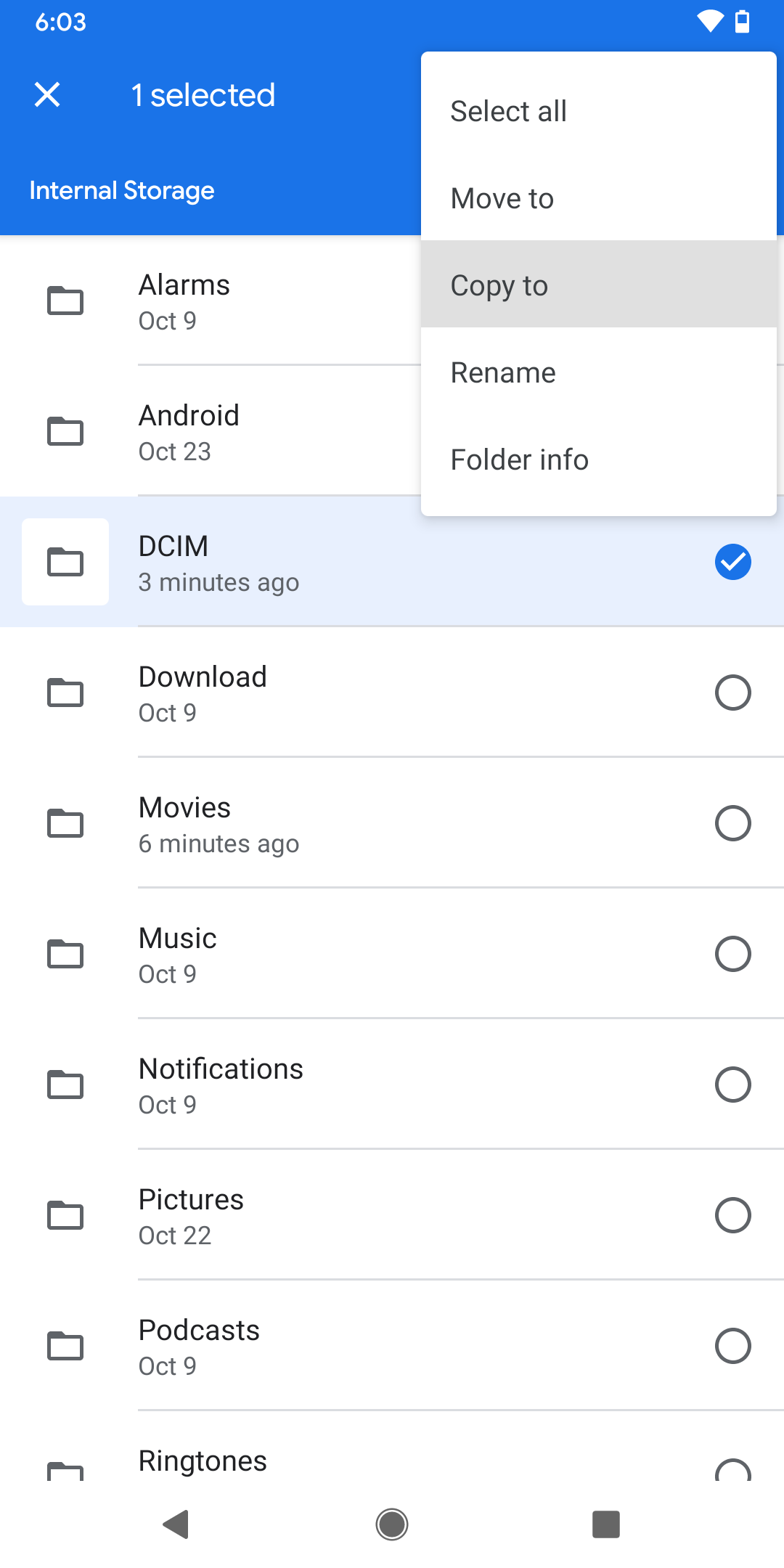
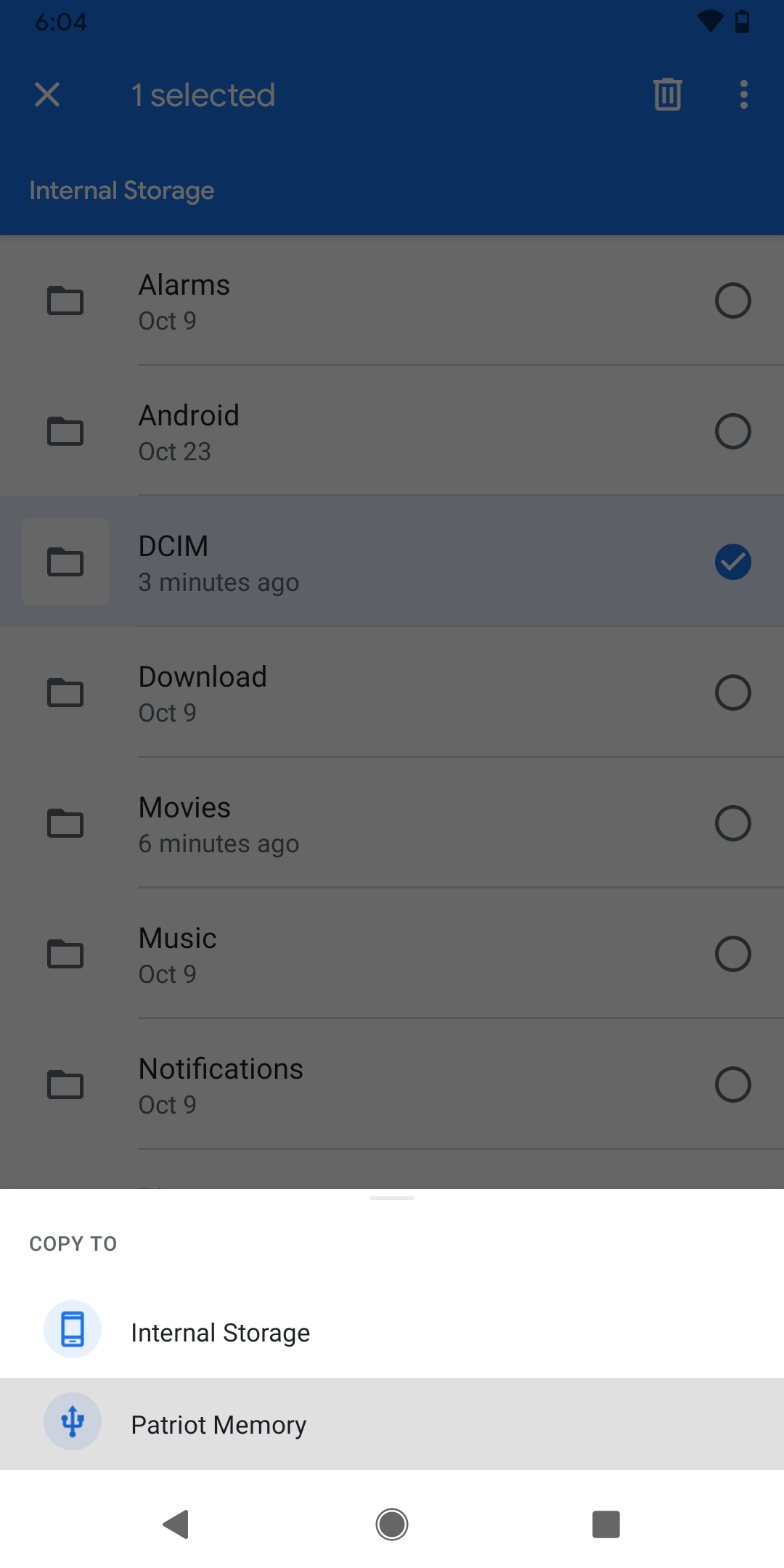
Once your files are copied, you can disconnect the flash drive and back up the photos however you see fit.
Back your smartphone data to a Windows PC
If you have a computer with enough storage, you can also simply connect your phone or tablet over USB and copy the DCIM (and/or other desired folders) in a few clicks. Make sure your phone is in MTP (file transfer) mode from the notification shade, and not set to charge or another USB connection mode.
Back your smartphone data to a Mac
The official method for copying files to and from a Mac is the Android file transfer tool. This app is so notoriously bad and out of date that basically no one recommends using it. It often just straight up refuses to work, and is a big headache all around. We have a dedicated article here with some other software you can try.
When you create a contact or calendar event, your phone might give you the option of saving the data in the phone's internal storage, instead of in the cloud. While that's a nice feature to have, especially for the privacy-conscious, it also means you might have saved some important data locally if you didn't pay close attention. Before you wipe your phone, you should check to see if any of your contacts or calendar events aren't backed up to the cloud. It's also possible to store a limited number of contacts on your phone's SIM card, but this isn't a common practice anymore, so it's pretty hard to do it accidentally.
Some phones, like Google Pixel devices, don't offer the option of saving contacts and calendars locally.
The exact process for this varies by phone model, but you can start by opening the Contacts app and looking for a menu with all your accounts. For example, the Contacts application on recent Samsung phones displays Phone alongside your Samsung and Google accounts. Some devices have an option to move Phone contacts to an online account, but in some cases, you'll have to export the file (usually accessible through the Share button) and import it using Google Contacts on the web.
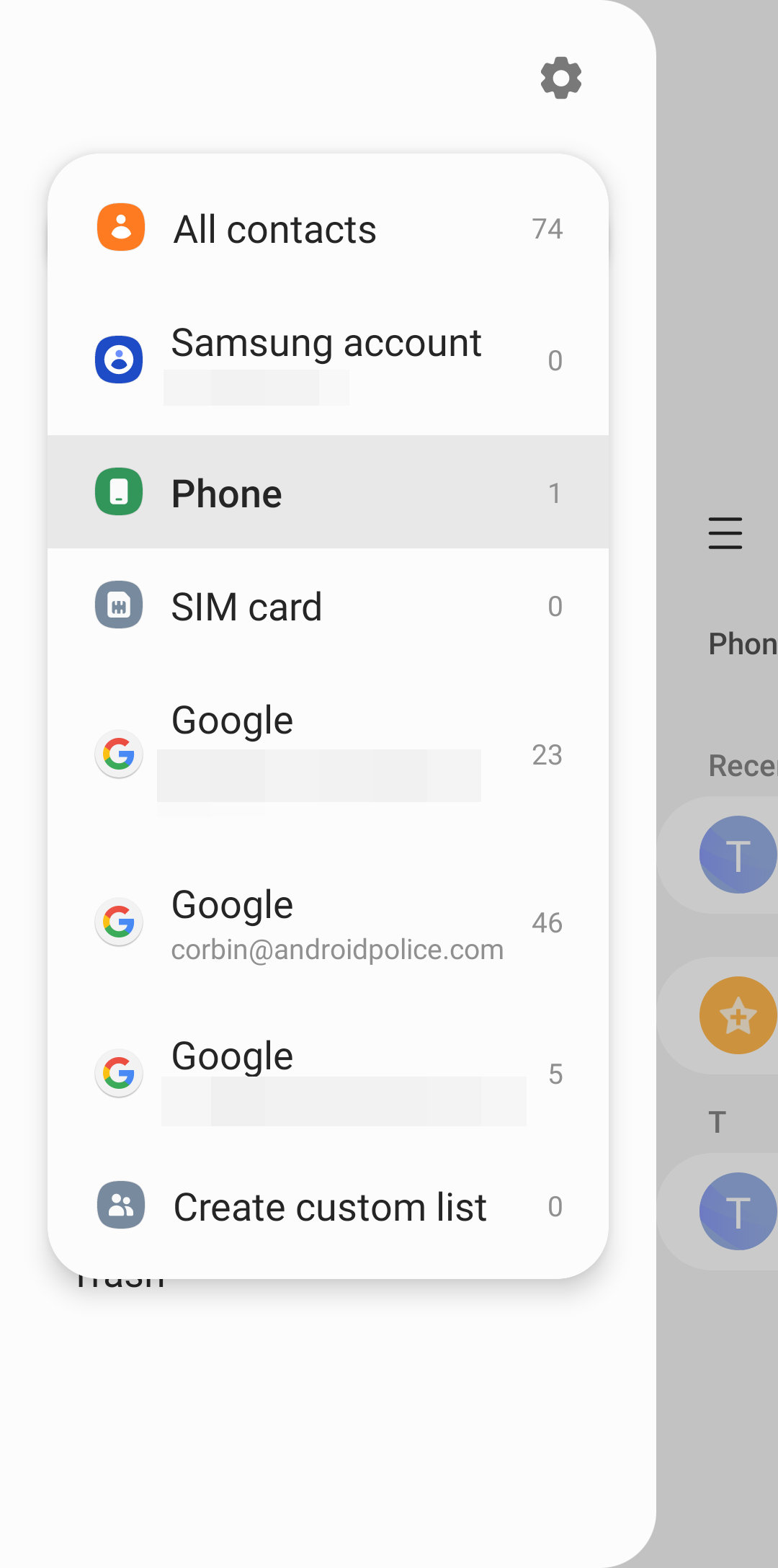
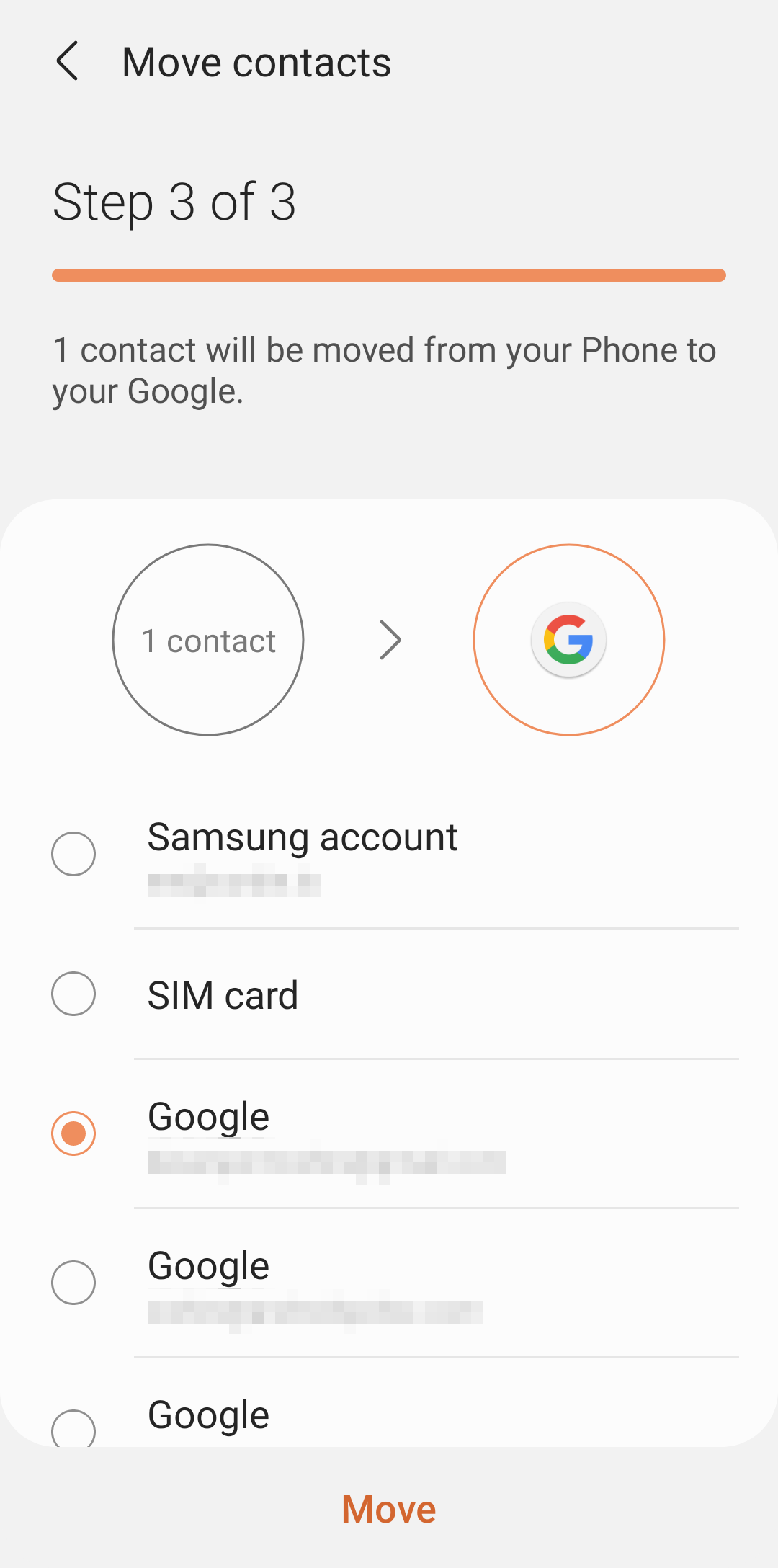
Copying a local contact to Google with a Samsung Galaxy phone
Checking for locally-stored calendar events is mostly the same process: open your Calendar app and look for a calendar not linked to any accounts. It's usually called Phone or My calendar. However, most mobile calendar apps don't give you an easy way to export calendars. The best way to do this is to install this utility from the Play Store, open it, select your phone's calendar, and tap the Export button. This will give you an .ics calendar file, which you can import into Google Calendar, Outlook, or any other cloud service.
Remove online accounts and disable Device Protection
If you're selling your phone, or giving it to someone else, you'll need to log out from all your Google accounts and remove any lock screen passwords; if you fail to do so, there' s a chance the new owner will not be able to set up the phone without your old email and password.
While Google does say that Device Protection shouldn't trigger a password check after factory reset on most phones, removing your Google accounts and lockscreen before resetting is the only way to guarantee it won't.
To disable Device Protection, you'll first need to log out of all your Google accounts. Open the Settings app on your phone, go to the Accounts section, and tap 'Remove account' under each account.
Once you've turned off Device Protection disable any lock screen passwords you might have. This can be done from the Security section of the Settings app.
Once you've managed to back up all you data, you'll probably want to take a few minutes to remove old pictures and organize your Google Photos albums.
"Android" - Google News
May 01, 2022 at 06:32PM
https://ift.tt/gEywA61
How to back up your Android phone or tablet - Android Police
"Android" - Google News
https://ift.tt/mZ89jPh
https://ift.tt/1dKgQXi
Bagikan Berita Ini
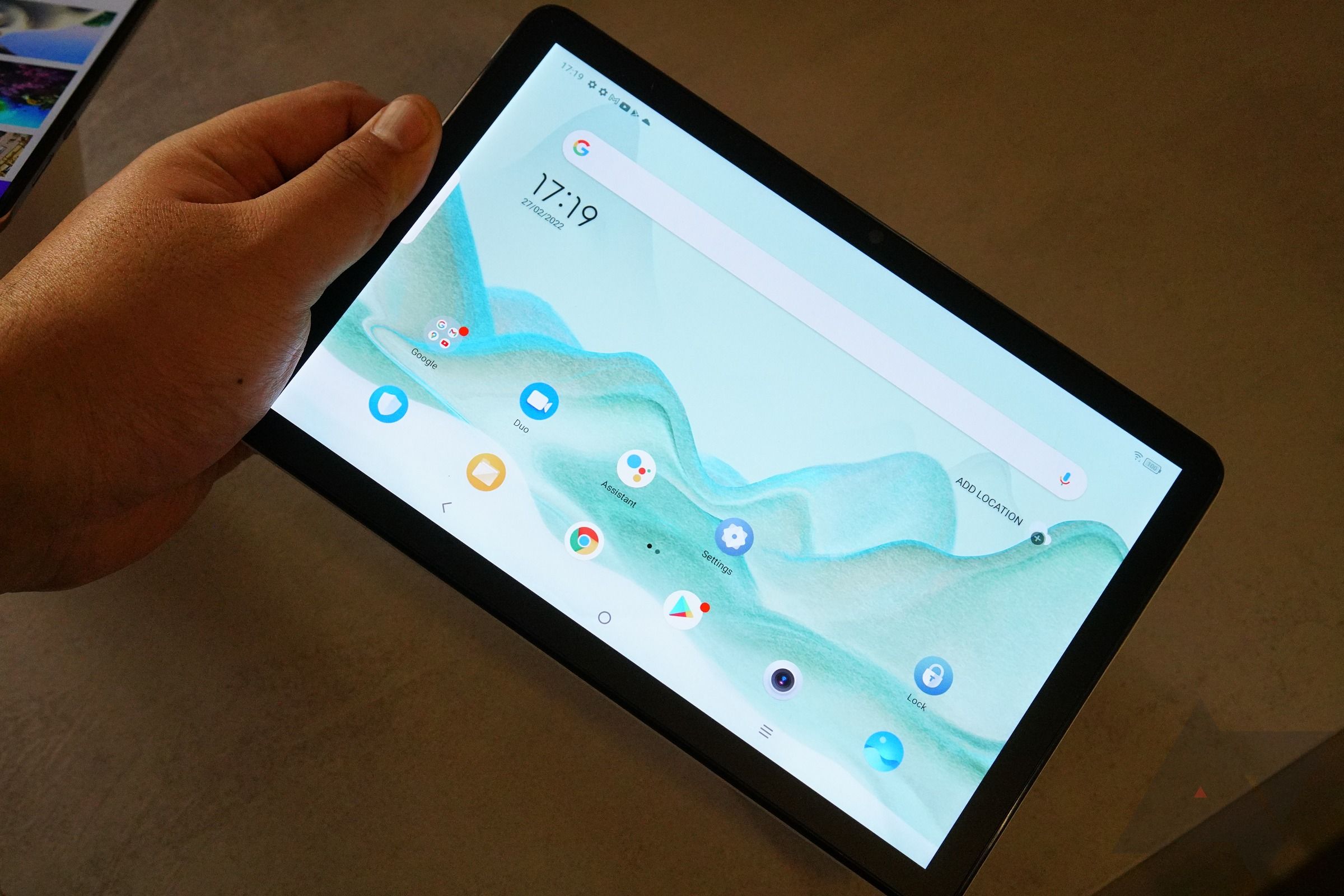
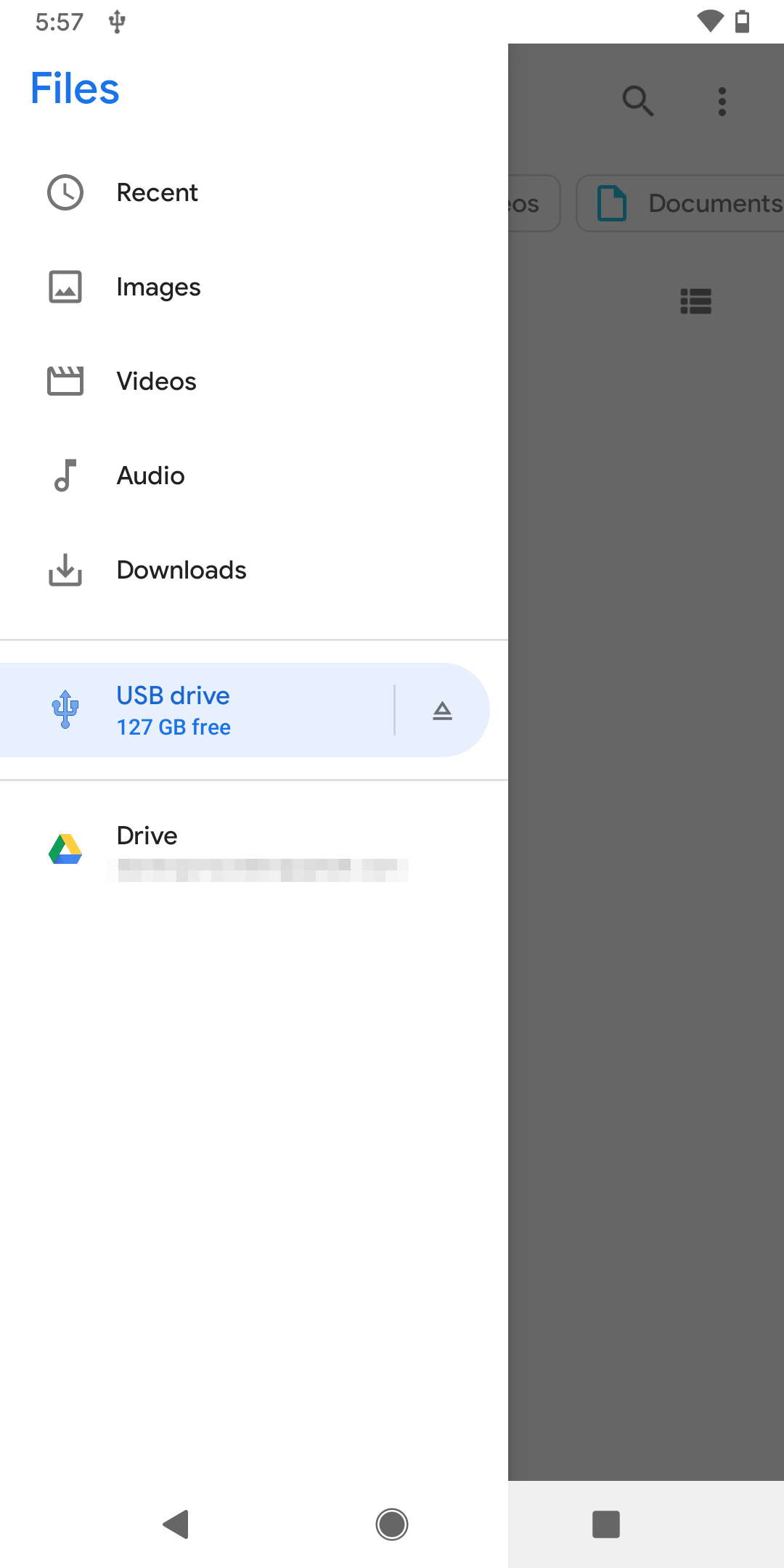
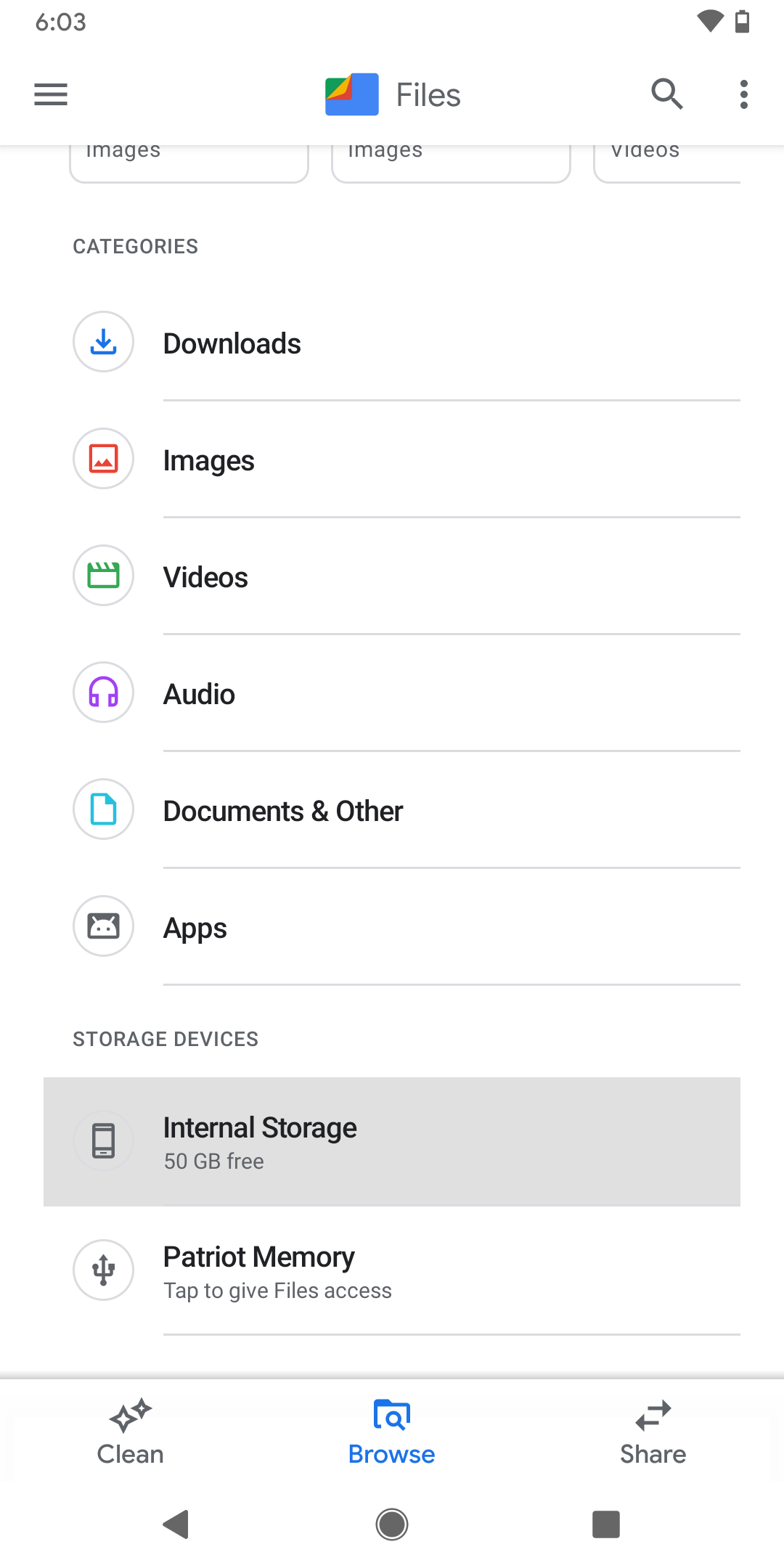

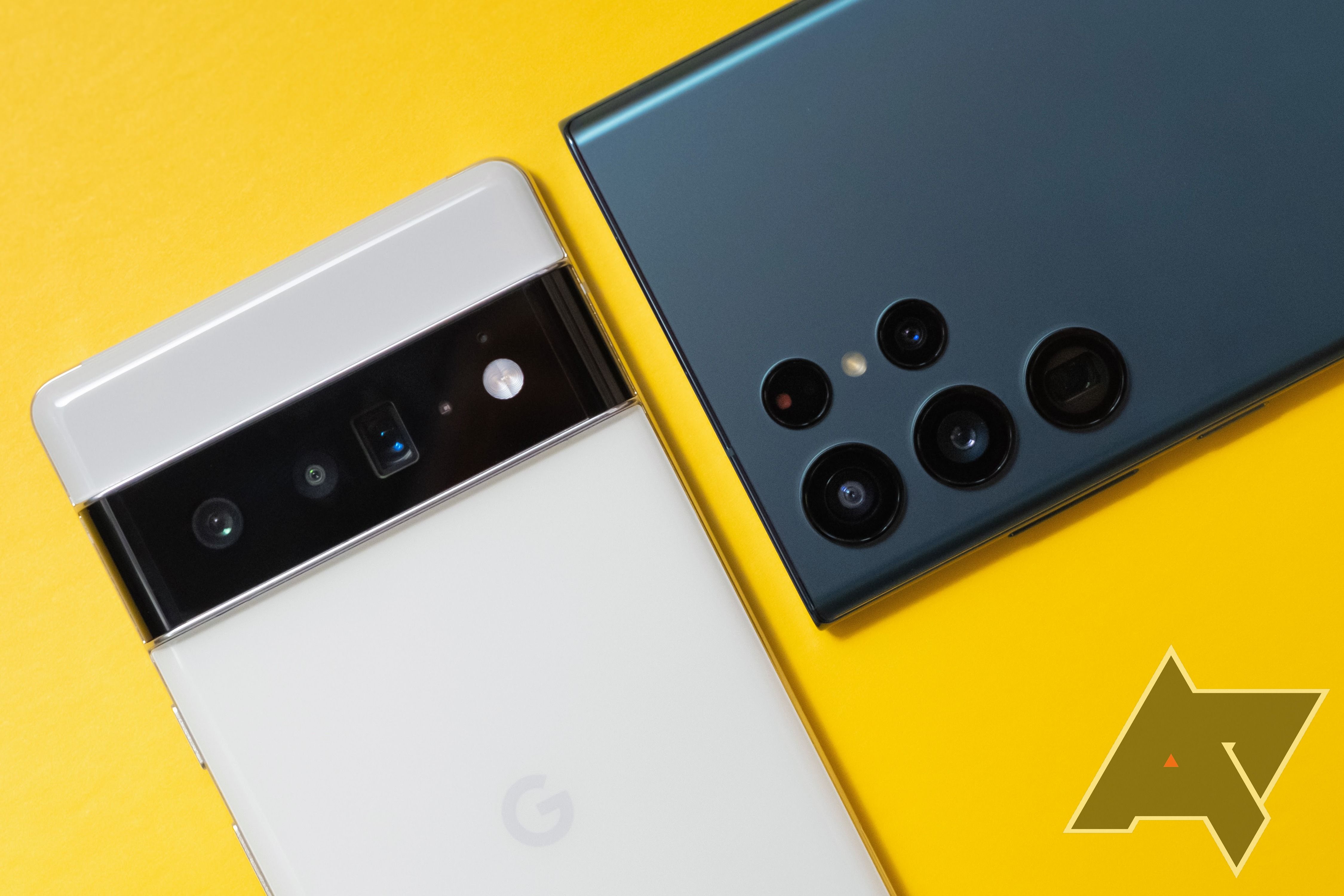















0 Response to "How to back up your Android phone or tablet - Android Police"
Post a Comment